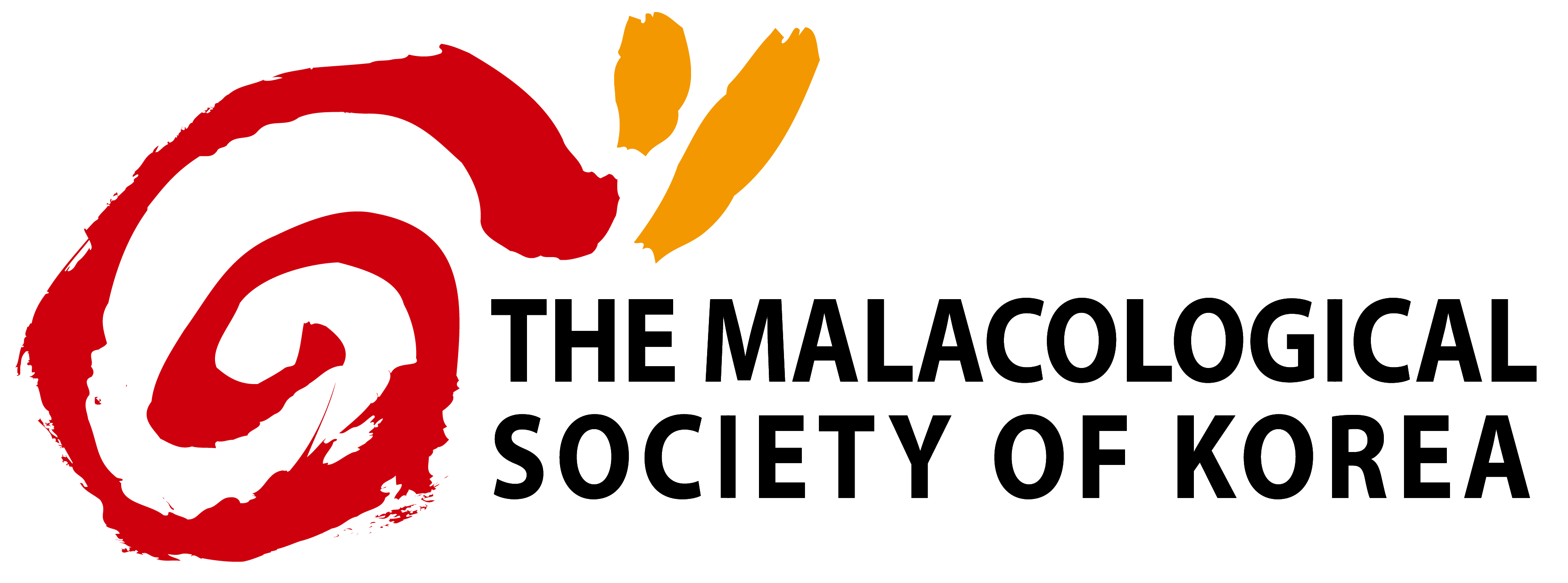open access
메뉴
open access
메뉴 ISSN : 1225-3480
ISSN : 1225-3480
The effects of water temperature and salinity on embryonic development and spat survival of mussel Musculista senhousia were investigated. Embryos were incubated in water ranging from 0 to 35℃ and with salinity from 5‰ to 40‰. Mussel spat were tested in water from 0 to 40℃ and with salinity from 0‰ to 100‰. The optimal conditions for mussel embryos were 20-25℃ and salinity from 25‰ to 35‰, based on Within this temperature range, higher temperatures correponded to a shorter duration of the embryonic period. Optimisation of mussel spat survival was at 25-35℃ and salinity from 30‰ to 40‰; both values are higher than those for embryo, which hinted M. senhousia embryos are more vulnerable than spat. Temperatures below 15℃ were lethal for embryos, making temperature a feasible method with which to control the large population of M. senhousia in ark-shell farm during its spawning period.
Almada-Villela, P. C., Davenport, J., Gruffydd, L. L. D., (1982) The effects of temperature on the shell growth of young Mytilus edulis L. J. Exp. Mar. Biol. Ecol., 59: 275-288.
Bayne, B.L., Thompson, R.J., Widdows, J., (1976) Physiology I. In: Bayne, B.L. (Ed.), Marine Mussels: Their Ecology and Physiology. Cambridge Scientific Press, UK: 121-206.
Bergman C., Parsons J., Couturier C. A., (1996) Tolerance of the giant sea scallop, Placopecten magellanisus, tolow salinity. Bull. Aquacult. Assoc. Can. 96: 62-64.
Chauvaud, L., Thouzeau, G., Paulet, Y.M., (1998) Effects of environmental factors on the daily growth rate of Pecten maximus juveniles in the Bay of Brest (France). J. Exp. Mar. Biol. Ecol. 227, 83-111.
Claudi, R., Evans, D.W., (1993) Chemical addition strategies for zebra mussel (Dreissena polymorpha) control in once-through service water systems. Zebra Mussels: Biology, Impacts and Control: 563-573.
Conn, D.B., Lutz, R.A., Hu, Y.-P., Kennedy, V., (1993) Guide to the Identification of Larval and Postlarval Stages of Zebra Mussels Dreissena spp. and the Dark False Mussel Mytilopsis leucophaeata. New York Sea Grant: 22.
de Vooys, C.G.N., (1999) Numbers of larvae and primary plantigrades of the mussel Mytilus edulis in the western Dutch Wadden Sea. J. Sea Res. 41, 189-201.
Dix T.G. and Sjardin M.J., 1975. Larvae of the commercial scallop Pecten meridionalis from Tasmania, Australia. Australian Journal of Marine Freshwater Research 26, 109-112.
Doroudi, M.S., Southgate, P.C., Mayer, R.J., (1999) The combined effects of temperature and salinity on embryos and larvae of the blacklip pearl oyster, Pinctada margaritifera (L.). Aquac. Res. 30, 271-277.
Fabioux, C., Huvet, A., Le Souchu, P., Le Pennec, M., Pouvreau, S., (2005) Temperature and photoperiod drive Crassostrea gigas reproductive internal lock. Aquaculture 250: 458-470.
Heasman M.P., OConnor W.A. & Frazer A.W.J. (1996) Ontogenetic changes in optimal rearing temperatures for the commercial scallop, Pecten fumatus Reeve. Journal of Shellfish Research 15, 627-634.
Karatayev, A., (1995) Factors determining the distribution and abundance of Dreissena polymorpha in lakes, dam reservoirs and channels, Proceedings of the Fifth International Zebra Mussel and other aquatic nuisance organisms conference 227-234.
Kinne, O., (1964)The effects of temperature and salinity on marine and brackish water animals: II. Salinity and temperature– salinity combinations. Oceanogr. Mar. Biol. Ann. Rev. 2: 281-339.
Laing, I., (2000) Effect of temperature and ration on growth and condition of king scallop (Pecten maximus) spat. Aquaculture 183, 325-334.
Laing I., (2002) Effect of salinity on growth and survival of king scallop spat (Pecten maximus). Aquaculture 205: 171-181.
LemosM.B.N., Nascimento I.A., de Araujo M.M.S., Pereira S.A., Bahia I. & Smith D.H., (1994) The combined effects of salinity, temperature, antibiotic and aeration on larval growth and survival of the mangrove oyster, Crassostrea rhiophorae. Journal of Shellfish Research 13, 187-192.
Madrones-Ladja, J. A., (1997)Notes on the induced spawning, embryonic and larval development of the window-pane shell, Placuna placenta (Linnaeus, 1758), in the laboratory. Aquaculture 157: 137-146.
Navarro J. M., Gonzalez C. M., (1998) Physiological response of the Chilean scallop Argopecten purpuratus to decreasing salinities. Aquaculture 167, 315-327.
Robert R., His E. and Dinet A., (1988) Combined effects of temperature and salinity on fed and starved larvae of the European at oyster, Ostrea edulis. Marine Biology 97, 95-100.
Sgro L., Turolla E., Rossi R. and Mistri M., (2002) Sexual maturation and larval development of the immigrant Asian date mussel, Musculista senhousia, in a Po River deltaic lagoon. Italian Journal of Zoology 69 (3): 223-228.
Wada K. T., (1991) The pearl oyster, Pinctada fucata(Gould) (family Pteriidae). In: Estuarine and marine bivalve culture. Menzel, W. (Ed.), CRC press, Boca Raton, 362.
Wilson, J.H., (1987) Environmental parameters controlling growth of Ostrea edulis and Pecten maximus L. in suspended culture. Aquaculture 64, 119-131.
